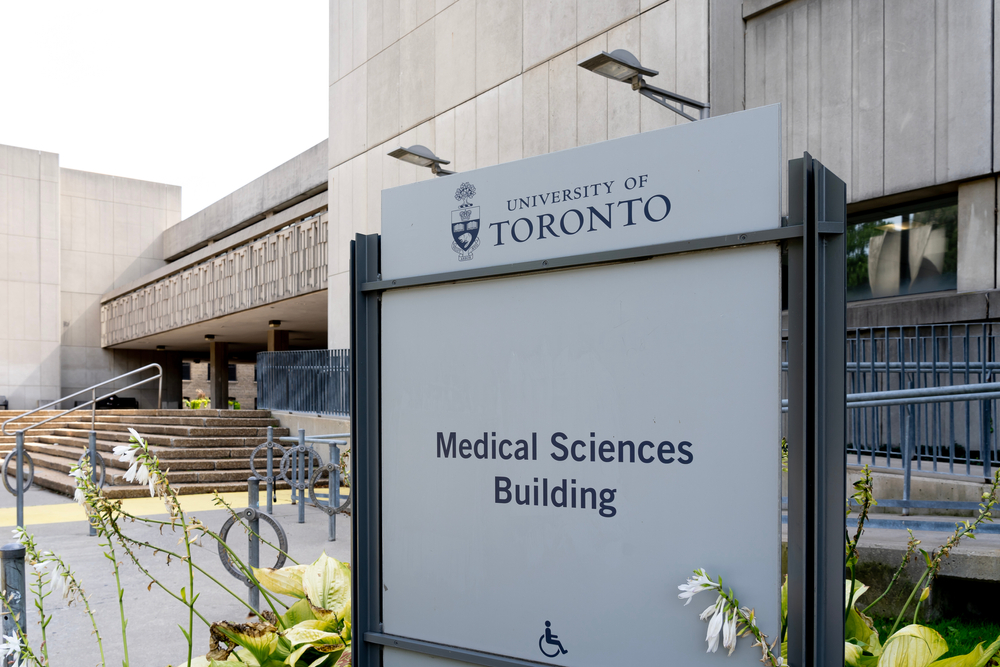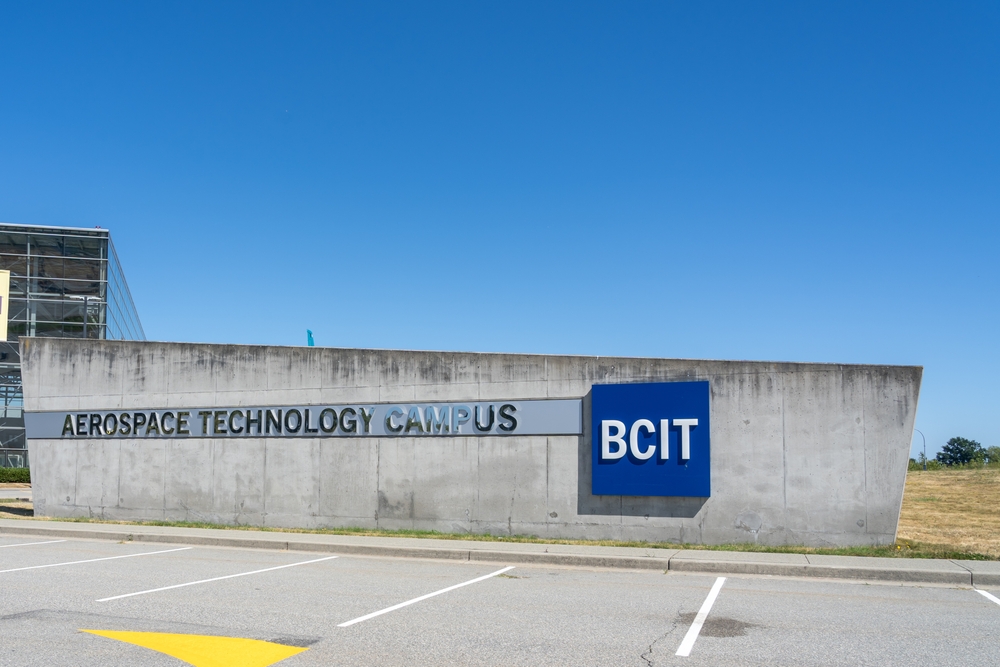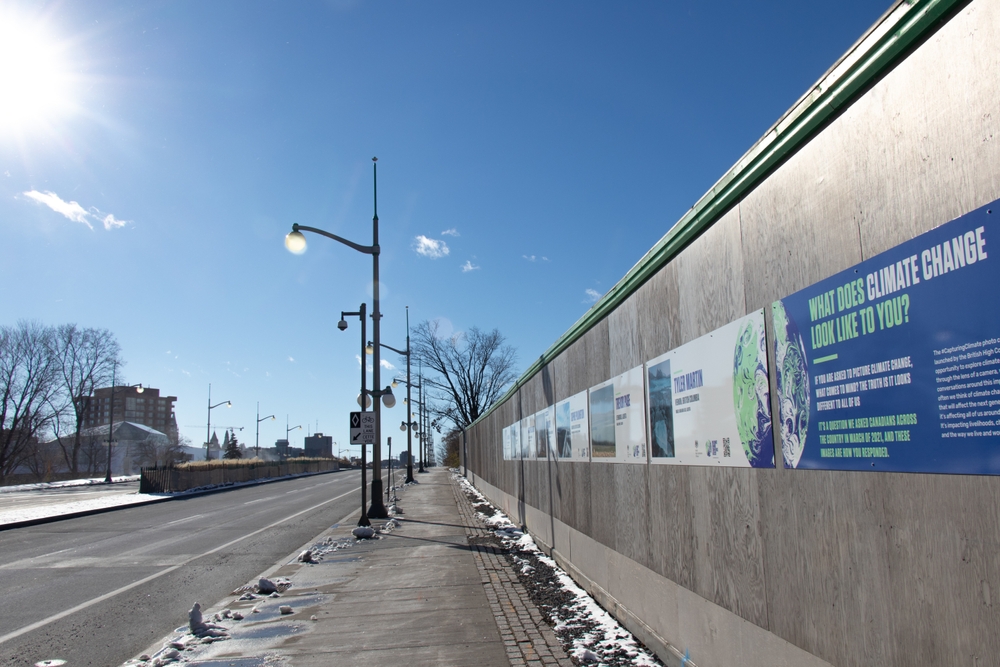A lot of attention goes toward economic uncertainty, rising costs, global instability, and political tension, but several important wins happening across the country rarely make headlines. While problems still exist, they do not negate the progress people are making in technology, healthcare, clean energy, community programs, and economic diversification. Here are 20 Canadian wins hidden behind all the bad news.
Major Expansion in Clean Tech Manufacturing

A growing shift toward domestic clean technology manufacturing is quietly reshaping the industrial landscape. Significant investments in battery production, electric vehicle components, and renewable energy technologies have led to new facilities opening across several provinces. This expansion is creating long-term employment, improving supply chain resilience, and increasing the country’s role in the global clean energy economy. Many of these projects involve partnerships with international companies that see strong potential in local talent and stable infrastructure. Government incentives and regional programs have also helped accelerate development timelines.
Breakthroughs in Medical Research and Clinical Innovation

Important advances in medical research have been taking place across leading universities and health institutes. Teams working in oncology, infectious diseases, and neurology have reported promising progress that could support improved treatment outcomes. Several research groups have developed new diagnostic tools designed to detect health conditions earlier and with greater accuracy. Clinical trials have expanded for therapies addressing chronic illnesses, giving more patients access to cutting-edge care. Increased collaboration between laboratories, hospitals, and biotech companies has strengthened the research ecosystem and accelerated the development of new solutions.
Growth in Film, Television, and Digital Production

The entertainment sector has seen substantial growth as film, television, and digital media productions continue to rise. Several cities have become preferred destinations for studios due to the availability of skilled talent, versatile filming locations, and competitive production incentives. New sound stages and post-production facilities are expanding capacity and attracting international projects. Streaming platforms have also partnered with local creators to develop original content that reaches global audiences. This momentum has resulted in increased employment opportunities for actors, writers, technicians, and digital specialists.
Record Expansion in Tech Startups and Innovation Hubs

Innovation hubs in major cities have been experiencing strong growth as new startups emerge across artificial intelligence, cybersecurity, fintech, and health technology. Incubators and accelerators are providing early-stage companies with mentorship, funding access, and specialized resources. Venture capital investment has increased, especially in areas focusing on scalable digital solutions and applied research. Several startups have expanded internationally or secured significant partnerships with established global firms. This environment has encouraged new graduates and experienced professionals to launch businesses that solve complex problems in creative ways.
Improvements in Public Transit Infrastructure Projects

Long-term transit projects are steadily progressing in several regions, bringing modernized infrastructure closer to completion. Major extensions of light rail networks, upgrades to commuter rail systems, and development of rapid bus corridors are enhancing transportation capacity. Construction delays sometimes dominate public discussion, yet many key segments are approaching operational readiness. These projects aim to reduce congestion, improve accessibility, and provide more reliable commuting options for growing populations. Additional investments in stations, vehicles, and service technology are designed to improve user experience and meet higher ridership demand in the future.
Strong Performance in the Agricultural and Food Innovation Sector

Agricultural producers and research institutions have been working together to adopt new technologies that improve sustainability and efficiency. Innovations in crop science, precision farming, and soil management have led to higher yields and reduced waste. Food processing companies have incorporated advanced automation and quality control systems to remain competitive in global markets. Export demand for specialty products has increased as international buyers look for reliable suppliers. Local food initiatives have also grown, supporting shorter supply chains and greater community engagement.
Expanding Opportunities in Aerospace and Aviation Technology

The aerospace sector has seen renewed momentum driven by advancements in aircraft manufacturing, satellite technology, and aerospace engineering. Companies have secured new contracts for components used in global aviation fleets. Research teams are working on next-generation propulsion systems, lightweight materials, and improved navigation technologies. Space-related projects continue to grow, with increased participation in international missions and satellite programs. Training programs for pilots, engineers, and technicians have expanded to support workforce needs. These developments highlight steady progress in an industry that requires highly specialized expertise and long-term planning.
Rising Strength of University Research Partnerships

Universities have formed strong partnerships with private companies, nonprofits, and research organizations to address complex problems. These collaborations have resulted in projects focused on climate adaptation, health care improvement, advanced computing, and sustainable engineering. Joint research initiatives give students hands-on experience while supporting long-term development goals. Funding from industry partners has increased, allowing institutions to expand laboratories, research teams, and specialized facilities. Many collaborative projects have led to patent applications, technology transfers, and commercialized solutions.
Increased Investment in Mental Health Programs and Resources

New investments in mental health initiatives have improved access to support services for people across different age groups. Expanded counselling programs, community-based supports, and digital mental health platforms have created more entry points for assistance. Schools and workplaces have introduced updated frameworks that prioritize well-being and early intervention. Specialized services for youth, seniors, and underserved communities have received additional funding to reduce gaps in care. These developments aim to address the rising demand for mental health support and offer more practical options for people seeking help.
Progress in Indigenous Led Economic Development

Indigenous communities have been leading successful projects in energy, tourism, real estate, agriculture, and technology. Many Nations have developed partnerships with private sector companies that align with local priorities and long-term goals. These ventures support job creation, revenue growth, and community-driven decision-making. Investment in training programs and education initiatives has expanded opportunities for young people pursuing careers in various industries. Several Nations have become leaders in environmental stewardship through land management and renewable energy projects.
Growth in Renewable Energy Production Across Regions

Renewable energy production has increased steadily through the development of new wind, solar, hydro, and geothermal projects. Several regions have developed large-scale installations that feed power into local grids and reduce dependence on fossil fuels. Technological improvements have lowered the cost of renewable generation, making clean energy more competitive. Collaboration between public utilities, private companies, and research institutions has supported advancements in storage solutions and grid modernization. These developments help build a more reliable and sustainable energy system while supporting job creation in engineering, construction, and maintenance.
Rising Global Influence in Sports and Athletic Development

Athletes competing in basketball, soccer, tennis, swimming, athletics, and winter sports have achieved strong results on international stages. Investments in training programs, youth development, and sports science have contributed to improved performance across multiple disciplines. Professional leagues have shown increased interest in local talent, leading to more representation at the highest levels. National teams have performed well at international tournaments, raising global recognition. Grassroots organizations have expanded opportunities for young athletes to participate in structured programs that build skills and confidence.
Significant Expansion in Housing Construction Starts

Housing construction starts have increased in several regions as governments, developers, and nonprofit organizations work to address demand. New projects include mixed-income buildings, purpose-built rentals, and housing designed for seniors and students. Updated zoning rules and streamlined approval processes have accelerated development in some municipalities. Investments in modular construction and prefabricated building techniques have reduced project timelines. These initiatives help expand housing options, support growing populations, and create jobs in construction and related trades.
Growing Leadership in Urban Sustainability Planning

Cities have been implementing strategies focused on sustainable growth, climate adaptation, and improved quality of life. Urban planning departments have introduced updated guidelines for green building design, efficient transportation networks, and expanded public spaces. Pilot programs supporting waste reduction, stormwater management, and biodiversity initiatives have shown positive results. Partnerships with universities and research institutions help city planners test new solutions and gather data. Community involvement has played a key role in shaping long-term planning priorities.
Expansion of Community-Based Entrepreneurship Programs

Local organizations have launched programs designed to support small business owners and early-stage entrepreneurs. These initiatives provide mentorship, skill development workshops, financial guidance, and access to microloans. Many programs prioritize support for women, newcomers, and young entrepreneurs who face additional barriers to business growth. Community hubs have created shared workspaces and networking opportunities that encourage collaboration. Success stories from these programs show how small businesses contribute to stronger local economies and more diverse commercial landscapes.
Strong Gains in Environmental Conservation and Wildlife Protection

Conservation efforts have resulted in improved conditions for several species and ecosystems. Restoration projects in wetlands, forests, and coastal areas have helped protect habitats and support biodiversity. Expanded monitoring programs allow researchers to track population changes and develop better protection strategies. Partnerships between governments, nonprofits, and Indigenous communities have strengthened conservation leadership. Public participation in cleanup campaigns, citizen science initiatives, and habitat restoration events has increased awareness.
Increased Development of Advanced Manufacturing Technologies

Advanced manufacturing facilities have adopted robotics, automation, and digital production systems to improve efficiency and competitiveness. Training programs in technical skills have expanded to meet workforce needs. Companies specializing in aerospace components, medical devices, automotive parts, and industrial machinery have invested in next-generation equipment. Collaboration with research institutions supports innovation in materials science and product engineering. These developments help position the manufacturing sector for long-term resilience and increased global competitiveness.
New Momentum in Tourism Recovery and Destination Development

Tourism has been recovering steadily as domestic and international travelers return. Regions known for nature, culture, and culinary tourism have experienced increased visitor numbers. Investments in destination marketing, upgraded attractions, and improved hospitality infrastructure have strengthened the tourism sector. Local businesses have developed new experiences that appeal to a wide range of travelers. Partnerships between Indigenous tourism operators, regional tourism boards, and private companies are expanding unique offerings. Despite uncertainty in global travel, the tourism sector’s recovery represents a significant achievement that supports employment and regional development.
Expanding Research Leadership in Climate Science

Climate scientists have been leading important research projects focused on extreme weather, ocean changes, Arctic dynamics, and long-term climate modelling. New data collection systems, satellite observations, and field studies have improved the understanding of environmental shifts. Research teams frequently collaborate with international scientists to share data and coordinate global studies. Findings from these projects inform policy making, emergency planning, and environmental management. Despite limited public attention to scientific research, this work provides valuable insights that support long-term climate resilience planning.
Significant Progress in Digital Government Services

Government agencies have been expanding digital services to make public systems more accessible. Updated platforms now allow people to complete applications, submit documents, and track service requests more efficiently. Improvements in cybersecurity, data management, and system integration support better user experience and reduce administrative delays. New digital tools have been introduced for business registration, health services, immigration processing, and student services. These updates help streamline processes, reduce paperwork, and increase transparency.
21 Products Canadians Should Stockpile Before Tariffs Hit

If trade tensions escalate between Canada and the U.S., everyday essentials can suddenly disappear or skyrocket in price. Products like pantry basics and tech must-haves that depend on are deeply tied to cross-border supply chains and are likely to face various kinds of disruptions
21 Products Canadians Should Stockpile Before Tariffs Hit
